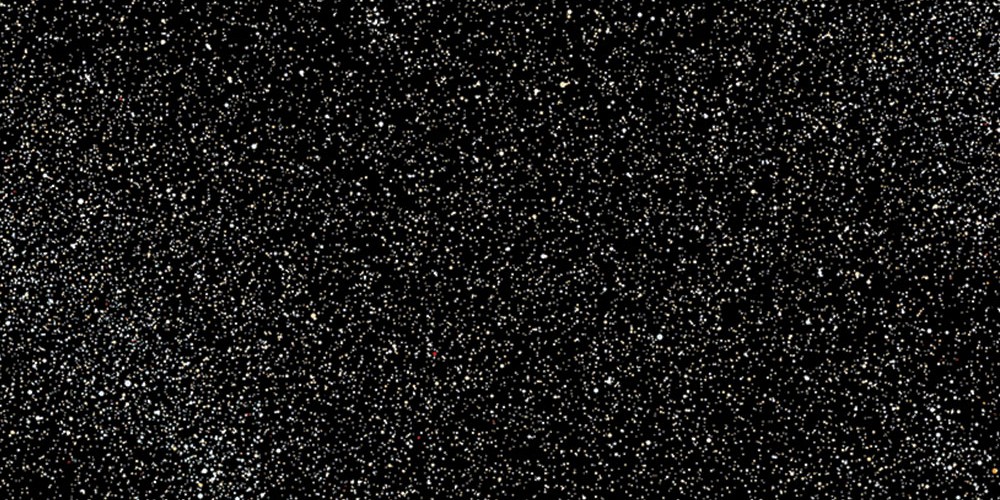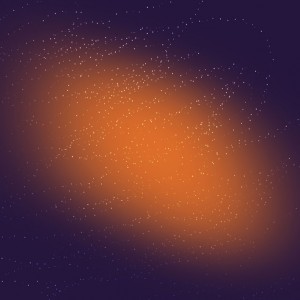We Are Not Alone a #documentary on the Unarius Academy of Science [#geekgirl]
This Labyrinth-esque documentary short, We Are Not Alone, tells the story of the Unarius Academy of Science and its founder Ruth E. Norman—known as “Archangel Uriel” to her students. Norman was an eccentric female leader and self-proclaimed clairvoyant of a spiritual collective in California. She encouraged her students to achieve personal transformation by producing wildly imaginative psychodramas about their past lives. The short film depicts the clear devotion that the Unarians felt towards Norman as they created films on their quest for spiritual healing. These films were shown on public access television in the 1980s, and are now coveted by outsider cinema film collectors.
We Are Not Alone is presented by the female-led media company The Front and directed by filmmaker Jodi Wille. You can find more information about their upcoming projects on their website, Twitter, and Facebook.
Source: The Atlantic
Editor’s note: I was first introduced to the Unarius Academy of Science at the Mu Meson Archives in Sydney. That’s like a REALLY long time ago. However, you gotta love the persistence of this organisation to keep showing up on this world and possibly many others 😉
A Galaxy of Suns – #SmartPhoneApp that plays the #Stars #DarkMofo [#geekgirl]

A Galaxy of Suns premieres at Dark MOFO, Hobart 10 + 11 June, 5pm with Michaela Gleave + Tasmanian Symphony Orchestra Chorus
A Galaxy of Suns is a smart phone app and associated choral performance event that ‘plays’ the stars as they rise and set over 360˚ of the horizon – for any location on Earth.
A Galaxy of Suns creatively interprets stellar information to generate one-off compositions specific to the exact location of each app user. The Earth is treated as a giant, spinning music box with individual stars triggering sounds and visuals as they cross over the horizon. These aural and visual expressions are related to data from the Hipparchos astronomical catalogue.
The rhythms of the composition are driven purely by the timing of the stars as they rise or set. Pitch is mapped to each star’s colour ID, a numerical value that indicates the real-life colour of the star and communicates its size, age and chemical composition. Panning is accurate to the star’s location on the horizon, and volume dictated by the distance the star is from Earth. App visuals closely map these parameters, subtle ‘starbursts’ forms appearing within the colour field, accurate to the star’s location on the horizon and rising or falling accordingly. The colour is based on the temperature and chemical composition of each star, with rapidly burning hot blue stars mapped to higher pitches and cooler old red stars mapped to the bass notes. Flashing briefly before fading to midnight, these colour fields provide a glimpse into each of these Suns – each a potential home to its very own solar system with a unique life story and relationship to the history of the universe.
A Galaxy of Suns offers an alternate way to imagine our relationship to stars and experience their presence, even in the most unlikely of locations or situations – deep in the forest, amongst bright city lights, during cloudy nights or in full midday sunshine.
The app will be released in Australia on June 21 2016, and internationally on September 23 2016.
Organisms In Space? [#geekgirl]
[From this article at mic.com] “…Russian cosmonauts have discovered something remarkable clinging to the outside of the International Space Station: living organisms.
The microscopic creatures appeared during a space walk intended to clean the vessel’s surface, and were allegedly identified — incredibly — as a type of sea plankton. This is big: According to Sploid, Russian scientists are both “shocked by [the] discovery and can’t really explain how [it] is possible.”
“Results of the experiment are absolutely unique,” Russian ISS Orbital Mission Chief Vladimir Solovyev told the ITAR-TASS News Agency. “This should be studied further.”
Life in space: While not exactly alien life forms, experts are having trouble explaining how the plankton ended up on the station and survived — possibly even grew and multiplied — 205 miles above Earth’s surface.”

